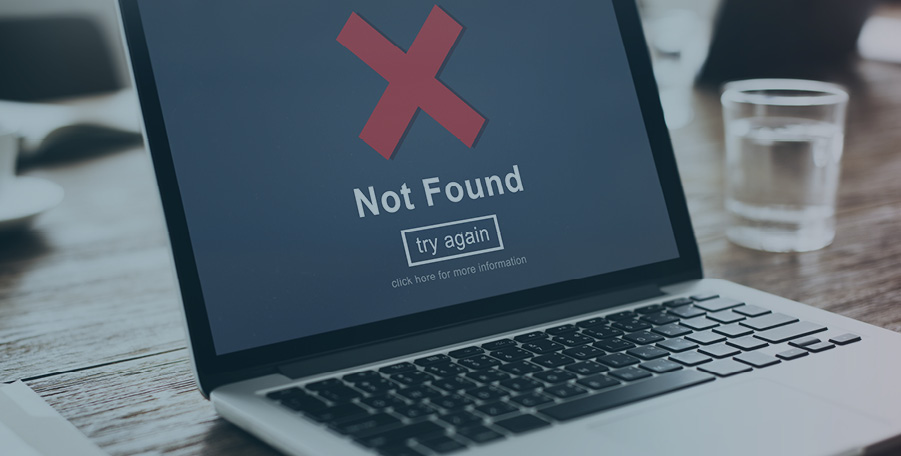The changing world of work and its impact on customer and employee experience
4th October 2021

This blog is part of our series of insights for National Customer Service Week.
In February 2020 few could have foreseen the paradigm shift that was about to occur in the way people went to work. From the office being the centre of the work (and social) universe we suddenly found ourselves working from home. A report from Microsoft Surface and YouGov published at the beginning of 2021 suggested that nearly 9 in 10 (87%) of employees were working from home or in a hybrid remote system.
And the likelihood is that a hybrid approach (some days at home, some days in the office) will become the norm for many of us in the most fundamental change to working patterns since the office was invented. Such a significant shift will bring with it implications for both employees and the customers they serve.
A recent survey by How Now of 3,000 remote workers in the UK highlighted the impact of remote working on employees:
• Two thirds (67%) of remote workers in the UK feel ‘disconnected’ from their colleagues.
• Two fifths (42%) feel ‘lonely’ at work.
• Four fifths (80%) have spoken to their manager just once in the last 10 days.
• One in three (32%) say this is having a negative impact on their mental health.
While many have embraced the benefits of remote working (i.e reduced hassle/commuting, more flexibility, more productivity) there is a darker side to it that can impact employee happiness and engagement.
The darker side of remote working
Remote working is not just about ensuring staff have the technology and equipment they need to do their job effectively. It also means paying extra attention to the emotional needs of your staff, to the remote training they need to carry out their role in a new environment, to the opportunities for career progression and to replacing the social environment that many still crave (those ‘water cooler’ moments when we chat about friends, family and favourite TV programmes).
Employees also need to be aware of how customer experience is impacted by the new working conditions. In the early stages of the first lockdown in 2020 we identified a phenomenon that we described as ‘lockdown leeway’.
According to a survey by Channel Doctors carried out in April 2020, some 84% of contact centres had moved to home working (up from 3.8% pre-lockdown). Pressure on staff increased as colleagues went off sick, or were unavailable while new equipment was installed. On top of that, a complete change of mind-set was required for staff as they were coping with tremendous changes in their personal life as well as their working practices.
Keeping up with customer expectations
Despite this, we witnessed across the board gains in NPS for all our clients. Key to the rise in metrics was that customer expectation was lowered. With most customers expecting no or slow response times they were pleasantly surprised to find service levels at near normal. And customers on the whole were far more forgiving: “Getting through to you to renew was difficult, (but)….the chap we eventually spoke to was excellent.”
Customers were also able to empathise with the situation that contact centre staff found themselves in. Covid and lockdown was a shared experience across the whole community – business and social. Customers had their own work experience of dealing with the impact of the pandemic, and so were more understanding and tolerant with others.
However those levels of tolerance have waned as the pandemic has dragged on and customers no longer accept Covid as an excuse for poor service. NPS and Effort scores have returned to pre-pandemic levels and there are increasing numbers of customers proving less tolerant of poor or slow service.
It’s time to rethink employee experience
As to the future, it is clear that working patterns will change. The How Now survey revealed that the majority of remote workers (79%) would prefer to continue doing so, with just 5% answering that they would like to return to a workspace full time. So, a new approach to managing employees is required:
- Managers must maintain regular contact with their teams even when they are working from home.
- Social get-togethers (either remote or in person) will lessen the sense of loneliness that remote working can bring.
- Employees should be canvassed regularly on their state of well-being, through pulse or ‘check in’ surveys.
- The right equipment must be made available – an ironing board is not a long-term solution to a home-office desk.
- HR must apply new methods to foster career progression.
- Intra-company communications should be given higher priority and frequency.
To summarise, perhaps Chelsea Maher of Culture Shift said it best: “While there are of course some key factors organisations need to work on, like continued commitment to training and development, as well as progression, employers should be ensuring they have systems and tools in place to empower their teams to remain productive, creative and supported, even while they’re working from home.”
If you’re looking for support in adapting your business to this new way of remote working, we have plenty of ideas (and clever technology) to help you.
Free time in your diary?
To find out more about our ideas and clever technology, please get in touch with Lee Mostari, Director of Insight and Analytics, to arrange time to talk. You can contact Lee at Lee.mostari@davies-group.com
Related Articles
-
- Article
- Consulting
- Technology
How to create an environment of diversity and inclusion in insurance
‘Diversity in the workplace’ has become a very prominent recruitment prerogative in recent…
-
- Article
- Claims Solutions
- Technology
Davies launches app that will digitise the customer journey
The last 12 months have accelerated the use of digital functions…
-
- Article
- Claims Solutions
- Insurance Solutions
- Technology
When virtual events and technology failures collide
We often hear the saying ‘technology is great when it works’.…
-
- Article
- Technology
Employees bring value to customer experience programmes
Having happy, engaged employees in customer-facing roles will help to drive…



